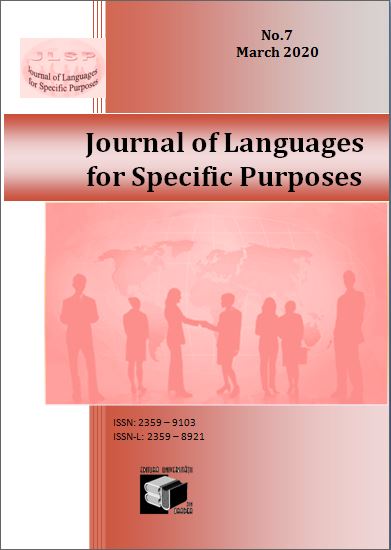Pink Salt Pakistan India Agreement
Pakistan`s salt industry has not undergone dramatic reforms since the 1870s, when British settlers from the subcontinent began to mine. X. Other I . Cookies 2. Confectionery and chocolates 3. Spirit drinks and beer 4. Red Earth Tiles 5. Agarbathies – Pencils 7. Carbon Paper and typewriter 8. Books (printed and other) 9. Brass dishes and other crafts 10.
Beeswax 11. Paraffin wax 12. Opium, crude 13. Exposed cinema films, developed or not to 14. Gramophone records to 15. Watches and clocks 16. Umbrella and umbrella 17. Crafts and metallurgy Products 18. Artificial prostheses 19. Post-letter paper Article 20.
Ball pencils 21. Sandalwood Chips 22. Cigarette paper 23. rims 24. Artistic silver, copper, brass and bidri products 25. Inks 26. guar chewing gum 27. Ivory Article 28.
Wood sculptors 29. Steingut 30. Watermark Work 31. Unusual jewelry 32. Forest products such as bamboo, sticks and shadows 35. Khari Salt 36. Silbatta 37. Cutch and Gambier 38. Myrobalan and myrobalan Products 39. Glass and glass works, including crockery 11 furs, raw or not 14. Sheep guts 15.
Hair (nine) 16. Dried blood of animals 17. Gelatin and glue to 18. Raw cotton 19. Soft cotton waste [as sub (i) to (xiii) below] , the Government of India and the Pakistani government have decided to conclude the following development agreement, development and consolidation of economic and trade relations between the two countries Article IThe two governments that recognize the needs and requirements of the other within the framework of their developing countries are committed to exploring all possibilities to expand and promote trade between the two countries on the basis of mutual benefit. Article IIEverying government treats the country`s trade in the other state no less favourably than that accorded to trade in a third country. Article IIIThe provisions of Article II do not apply to the granting or continuation of :(a) privileges granted or granted by either government to facilitate border trade; b) preferences; the benefits, privileges or immunities granted by each country to a third country before or as a replacement, and c) any benefits granted under the customs union or free trade area of which the member may become a member. Article IVAl products covered in the “A” and “B” schemes of this agreement, the two governments facilitate the importation and export of nine territories in one or the other, in accordance with their respective laws, regulations and procedures.
Article VL`export and/or import of goods not included in flight plans “A” and “B” are also permitted in accordance with the laws, rules and procedures applied from time to time in both countries.





